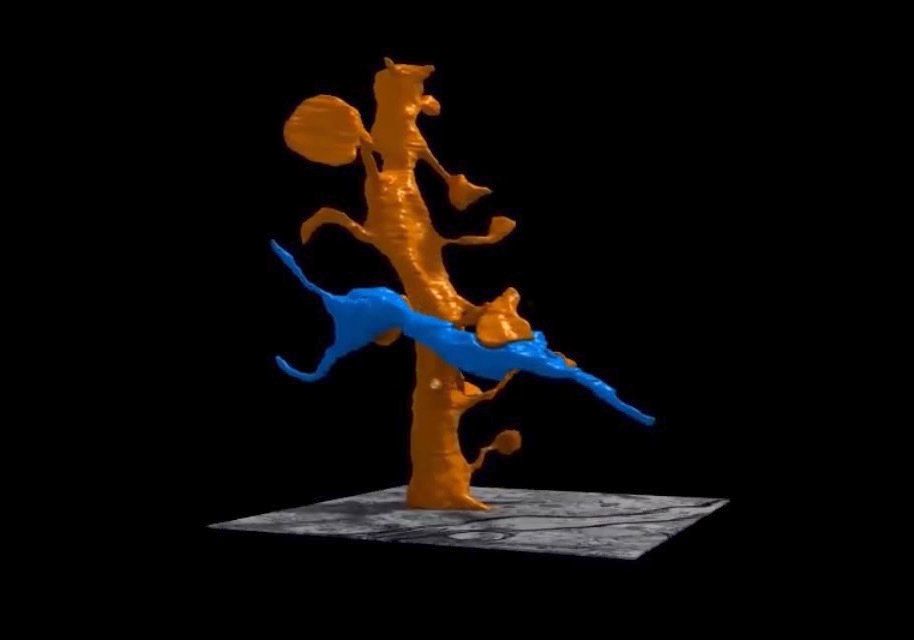How to Digitize a Rat Brain
AI experts hunt for the secrets of intelligence in 1 cubic millimeter of brain tissue

While AI designers are creating powerful machines that can beat humans at many complex cognitive endeavors, they’re still envious of the human brain’s facility with certain seemingly simple tasks: such as recognizing a face after seeing it only once or when it’s partially obscured. The U.S. intelligence agency IARPA is particularly interested in developing AI deep learning programs with visual recognition skills, so last year it launched a US $100 million program called Microns.
Under Microns, three teams of researchers are looking for answers on the micro scale and in rodent brains. Each team is studying 1 cubic millimeter of brain tissue from a rodent’s visual cortex, using precision instruments to map the 50,000 neurons and 500 million neural connections within that chunk. The researchers hope to discover patterns of neural activation that can be translated to architectures for AI programs known as deep neural networks.
One team, led by Harvard assistant professor David Cox, is examining its brain cubes using a process that starts with rats playing video games and ends with 2-petabyte digital representations of those cubes.
Read more about the Microns program in the article, “AI Designers Find Inspiration in Rat Brains.”
Eliza Strickland is a senior editor at IEEE Spectrum, where she covers AI, biomedical engineering, and other topics. She holds a master’s degree in journalism from Columbia University.